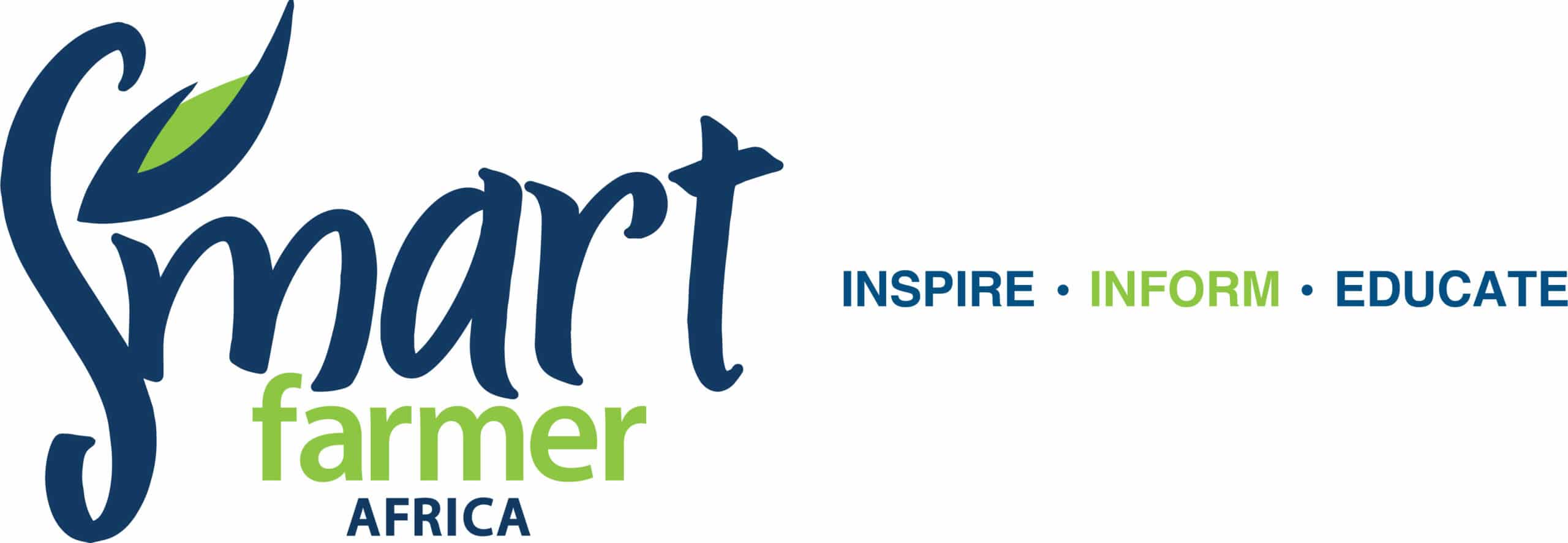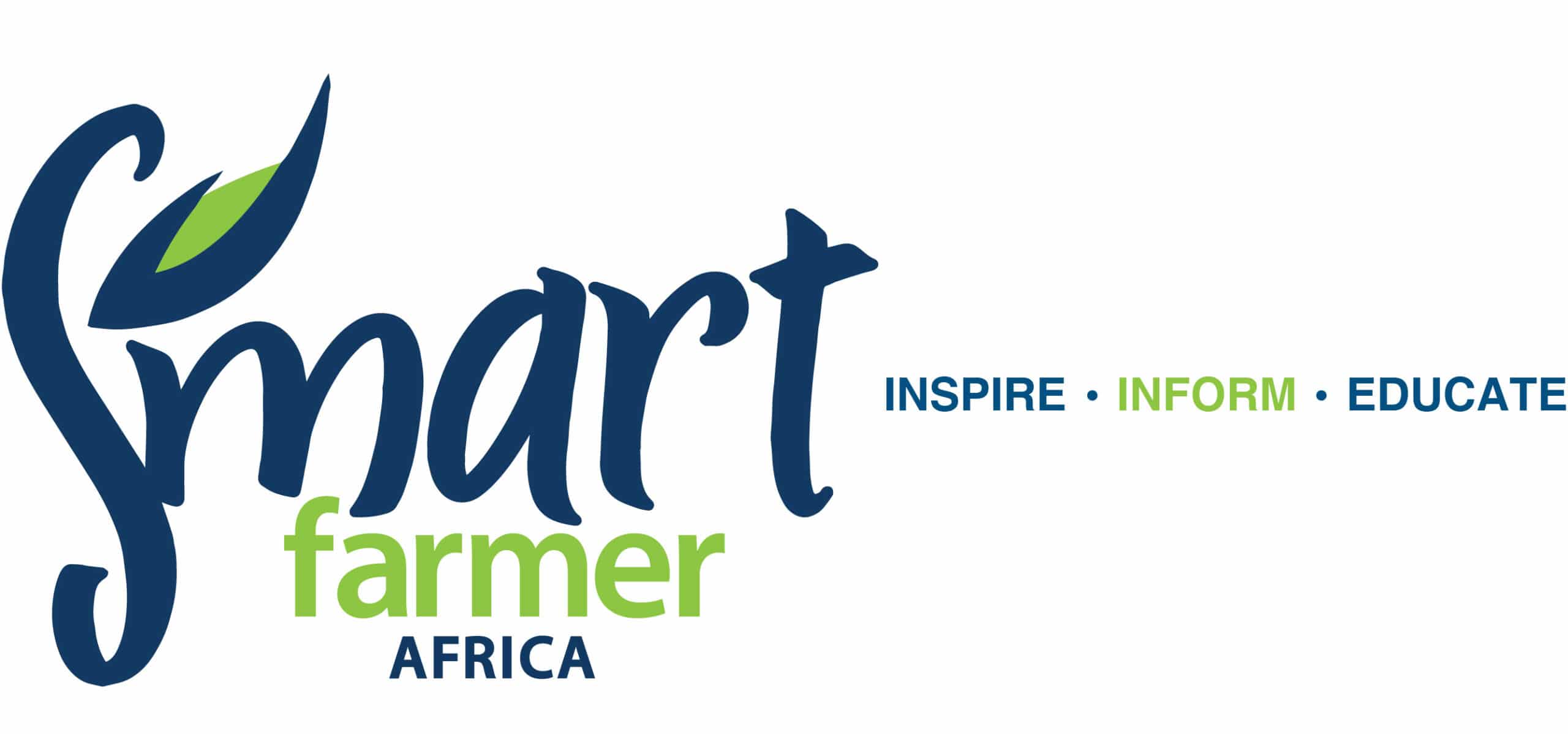Tips on how to be successful in Tilapia farming.
One of the most popular species in fish farming in various parts of the country is the delicious tilapia. Tilapia are a group of fresh water species originating exclusively in Africa.
In fact, tilapia culture was practised in Egypt about 4,000 years ago! The fish is one of the most farmed because of several attributes that make it ideal for aquaculture. These include fast growth, tolerance, resistance to stress and diseases and also the ability to reproduce under captivity.
Tilapia farming has expanded rapidly over the years; with the global production having increased by more than 900 per cent in the past two decades.
If you were thinking about starting tilapia farming in Kenya, you need to consider some important factors that may affect the performance of your business.
Land selection
Picking suitable land for your fish pond is very important to ensure proper growth and maximum returns. For commercial production, earthen ponds are very suitable.
While choosing the land, consider a good source of fresh water supply, the type of soil, availability of labour and transportation.
Avoid land near crop fields due to threat of contamination from the various fertilisers and pesticides used. They may harm the fish, causing a reduction in production.
Choose land that is lower than the source of water to help fill the pond through gravity. Select flat land, steep slopes are not suitable. Also avoid flooding and polluted areas.
Determining the quality of the soil ensures maximum production. Pond construction After selecting suitable land for your fish, it is time to construct the pond.
Each type of fish requires a special design and type of pond.
A properly designed pond according to the species of the fish ensures good health and maximum production.
Contact your local fisheries department to get some suggestions and ideas on pond designs that are required for the type of fish you want to culture.
Feeding the fish
Feeding your fish with quality and nutritious food ensures fast growth and maximum production. You can buy readymade supplementary feeds in the market, but for commercial fish farming, manufactured supplementary fish feeds are key.
There are various types of fish feeds for the difference species, including tilapia. You can also buy ingredients and mix them yourself. This will ensure that your feed does not lack any of the necessary nutrients. Before mixing feed, get the relevant information from fisheries experts. The pond can also be fertilised to grow plankton, which the fish feed on.
Both organic and inorganic fertilisers are used. Most small-scale farmers use compost and organic fertilisers.
Poultry droppings and dung are the most commonly used manure.
Proper fertilisation of the pond means less money used to buy feeds, healthy fish and good returns. Market After you have selected land, build a properly designed pond, grow your fish and on reached the harvesting stage, you need good market.
Almost all people love to eat fish, which means that you can sell all your fish to your local market.
Fish is also in great demand on the international market. After harvesting, send your fish to the market as soon as possible.
Delaying reduces the quality of the fish, resulting in losses.
To get optimum returns, separate your fish into three different sizes; small, medium and large when harvesting. This will ease the selling.
Fish farming is a lucrative business idea in Kenya.
If you were thinking of starting fish farm and hope to be successful, get proper training about fit and as much knowledge and insights as possible, by researching online and visiting fish farms.


